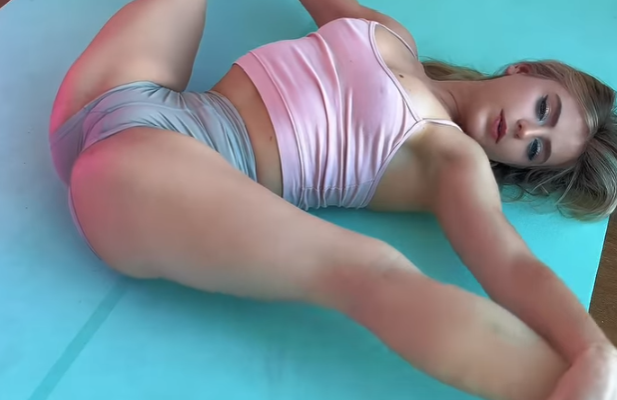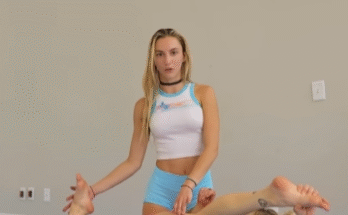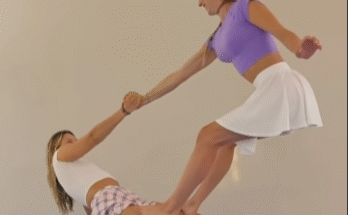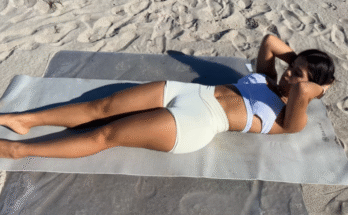Flexibility is a prized quality, whether it’s about your physical body or your emotional mindset. In yoga, flexibility goes beyond just being able to touch your toes. It encompasses both the mental and physical aspects of being open and adaptable. The various poses in yoga not only stretch the body, but they also stretch the mind, creating a deep connection that transcends the mat. Whether you’re a seasoned practitioner or just starting, yoga provides an opportunity to explore your body’s limits and improve your flexibility in a way that feels both empowering and nurturing.
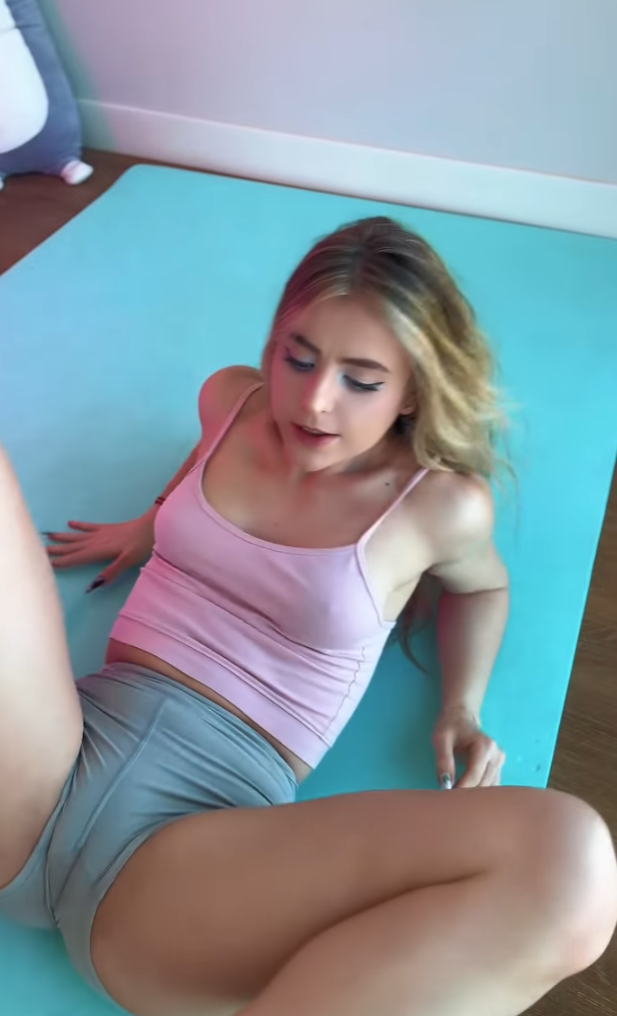
The beauty of yoga lies in its diversity. Each pose, or asana, serves a unique purpose, from promoting flexibility to enhancing strength and balance. For many practitioners, the journey of yoga starts with a desire to improve physical flexibility, but as time passes, they begin to experience the holistic benefits, both emotionally and mentally. This article will explore some of the most popular and beloved poses in yoga, while diving into how they affect flexibility, and why one may resonate with you more than others.
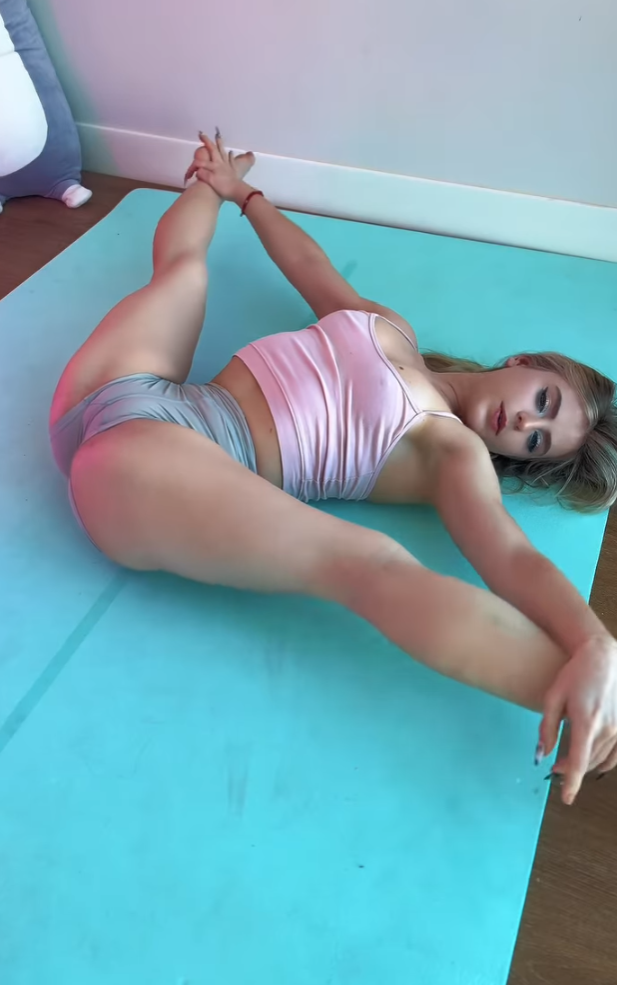
1. Downward-Facing Dog (Adho Mukha Svanasana)
One of the most iconic yoga poses, the Downward-Facing Dog is often the first asana that comes to mind when thinking about yoga. This pose involves a full-body stretch where your hands are on the floor, your hips are lifted, and your body forms an inverted “V” shape. It targets the shoulders, hamstrings, calves, and spine, making it a great pose for improving flexibility in the legs and the back.
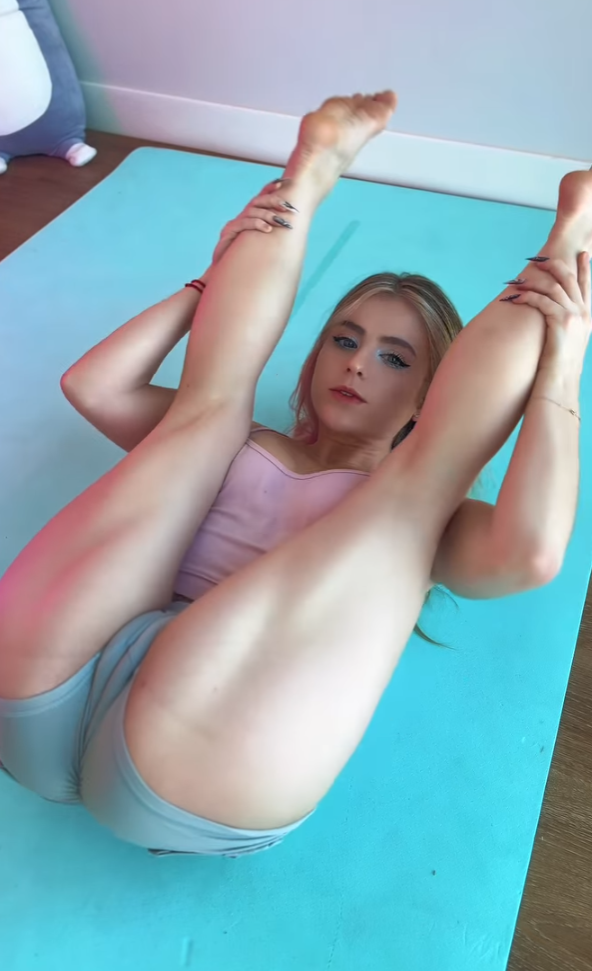
The beauty of this pose is how accessible it is to all levels. For beginners, it provides a gentle introduction to hamstring flexibility, while more advanced practitioners can deepen their stretch by sinking the heels to the floor and actively engaging the arms. It’s a pose that feels like a moment of release, offering both physical stretch and a mental reset. The rhythmic nature of this pose makes it easy to synchronize with the breath, creating a sense of calm and centeredness.
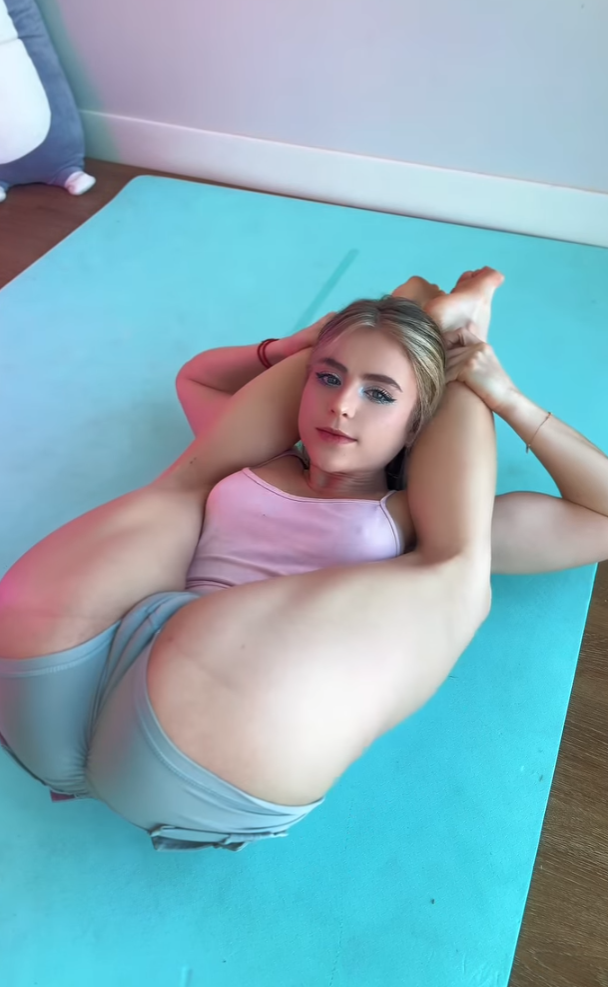
2. Child’s Pose (Balasana)
Child’s Pose is often referred to as a resting pose, but it’s much more than that. This pose helps lengthen the spine and gently stretches the hips, knees, and ankles. As you sink into the pose with your forehead resting on the mat, you can feel your body relax deeply, releasing tension in your lower back and shoulders.

For those seeking increased flexibility in their hips and lower back, Child’s Pose is a great starting point. But it’s not only about physical flexibility; it’s a pose that invites a moment of stillness and introspection. The act of surrendering to the mat and allowing your body to rest can help release any mental tension, making it a perfect pose to pause, reflect, and reset.
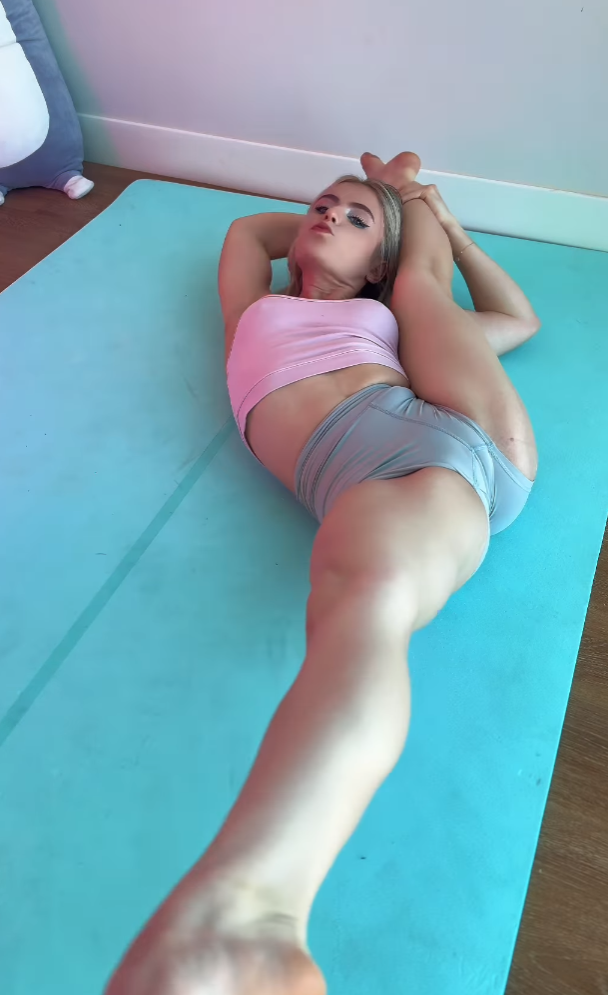
3. Pigeon Pose (Eka Pada Rajakapotasana)
Pigeon Pose is a powerful stretch for the hips, and it’s one of those asanas that many yogis either love or find quite challenging. It targets the hip flexors, glutes, and the lower back, making it a go-to pose for improving flexibility in the hips. As you extend one leg forward and the other leg stretches behind you, the sensation of opening up through the hips can feel incredibly relieving, especially for those who spend a lot of time sitting.
For many practitioners, Pigeon Pose can be a gateway to greater emotional flexibility. The hips are often referred to as the storage center for emotional tension, and many find that deep hip openers like this one can stir up emotions. It’s a reminder that flexibility isn’t just about the body—it’s about releasing emotional baggage too. The pose can be both physically demanding and emotionally liberating, depending on where you are in your practice.
4. Forward Fold (Uttanasana)
Forward Fold is a simple yet profound pose that stretches the hamstrings, calves, and lower back. To get into this pose, you hinge forward from the hips, allowing your upper body to hang down toward the ground. Your knees can be slightly bent if necessary, especially for beginners or those with tighter hamstrings.
What makes Forward Fold such a beloved pose is the deep stretch it provides for the entire back of the body. As your head lowers toward the floor, it’s a chance to release tension in the spine and lower back, and allow the neck to relax. This asana also has a calming effect on the mind, helping to slow the nervous system and encourage a feeling of surrender. It’s an excellent pose to do at the beginning or end of a yoga session, offering a moment of grounding and reflection.
5. Camel Pose (Ustrasana)
Camel Pose is a deep backbend that targets the front of the body, especially the chest, hips, and quadriceps. To perform Camel Pose, you kneel on the mat and gently arch your back while reaching your hands for your heels. The chest opens up, and the heart space is exposed. This pose not only stretches the front of the body but also helps with flexibility in the spine as it encourages deep spinal extension.
For many, Camel Pose is more than just a physical stretch. It’s a pose that helps to release emotional tension from the heart space, opening up the chest and promoting feelings of compassion and vulnerability. When practiced mindfully, it has the potential to increase emotional flexibility, helping to break down barriers and encourage openness.
6. Warrior II (Virabhadrasana II)
Warrior II is one of the foundational poses in yoga, and while it’s not primarily known for its focus on flexibility, it plays a significant role in improving strength and stability. In this pose, you step your legs wide apart, bend one knee into a lunge, and extend your arms parallel to the floor, all while keeping your chest open. It requires flexibility in the hips and legs, as well as strength in the core and arms.
What’s truly powerful about Warrior II is how it strengthens your connection to the earth while simultaneously expanding your energy outward. It builds mental fortitude and encourages a sense of inner strength and confidence. Over time, with consistent practice, Warrior II can help increase flexibility in the hips and thighs while grounding you into the present moment.
7. Seated Forward Fold (Paschimottanasana)
Seated Forward Fold is another popular yoga pose that targets the hamstrings and lower back. To perform this pose, you sit with your legs extended straight in front of you and then hinge forward from the hips, reaching for your feet or ankles. It provides a great stretch for the entire back of the body and can be especially helpful for those with tight hamstrings.
While Seated Forward Fold is physically beneficial, it’s also deeply meditative. As you fold forward, you are encouraged to relax the neck and let go of any tension in the body. The breath is key in this pose, as deep inhales lengthen the spine, and exhales deepen the stretch. Over time, this pose can significantly improve flexibility in the hamstrings and lower back, and it offers a quiet moment for reflection and mindfulness.
8. Happy Baby (Ananda Balasana)
Happy Baby is a playful and restorative pose that targets the hips, groin, and lower back. To get into the pose, lie on your back, grab the outsides of your feet with your hands, and bring your knees toward your armpits. This pose helps open up the hips, stretch the groin, and release tension from the lower back.
The playful nature of Happy Baby makes it a favorite among many yoga practitioners. It’s a gentle way to release built-up tension in the hips and lower body. The pose also provides a sense of lightness and ease, reminding us to not take life too seriously. Its ability to promote flexibility and relaxation makes it a great pose to incorporate into any practice, whether you’re winding down at the end of a session or simply looking for a moment of lightheartedness.
Conclusion
In yoga, there isn’t a one-size-fits-all approach. Each practitioner has their own unique preferences and needs when it comes to flexibility. Whether you gravitate toward deep hip openers like Pigeon Pose or find solace in grounding poses like Warrior II, the beauty of yoga is that it offers a wide range of poses to explore. Flexibility is not just about reaching your toes; it’s about being open to the process, trusting in your body, and finding joy in every movement.
No matter which pose you like best, each one contributes to a larger journey of self-discovery, growth, and healing. The poses you love may change over time, but the practice itself will continue to deepen and evolve, encouraging you to become more flexible, not just in your body, but in your life. So, which pose do you like best? It’s all about finding what resonates with you, and enjoying the journey of flexibility—physically, mentally, and emotionally.
